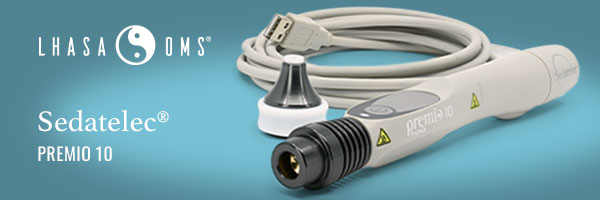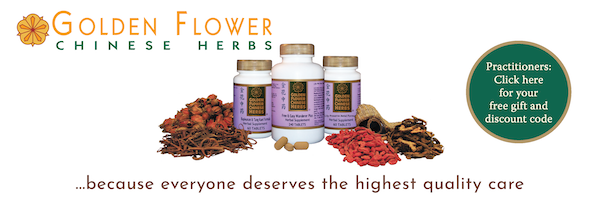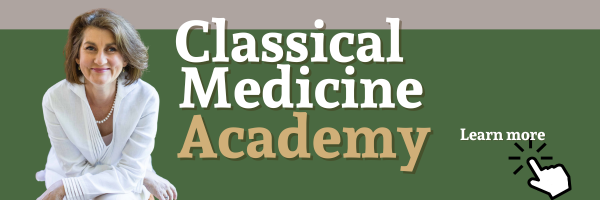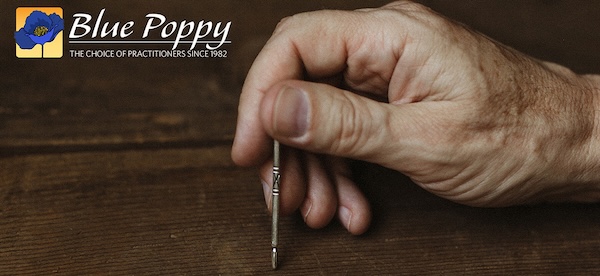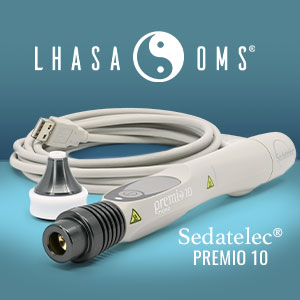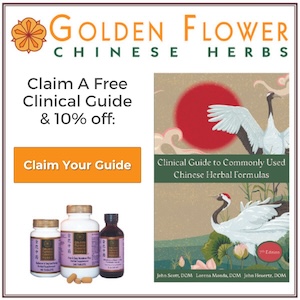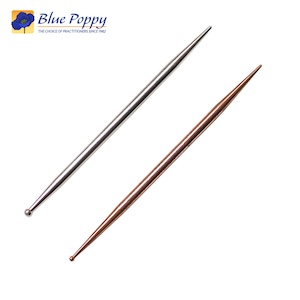We often consider the Five Phases when doing acupuncture, and the Six Conformations when treating our patients with herbal medicine.
In this Part Two conversation with Sharon Weizenbaum we consider the interplay of “wu yun, liu qi” the five movements and six climatic qi from the perspective of diagnosis and understanding not just what problem a patient has, but also its progression through time.
Listen in to this discussion on understanding the cycles and interplay of yin and yang that will help you to better understand why a patient’s illness has manifest and how to use both the movement of the phases and the influence of the conformations to treat illness and help your patients.
In This Conversation We Discuss:
- The classics are a way to shift your worldview
- The way the Shang Han Lun is organized is part of the information it has to transmit
- The importance of tracking the Yang
- The Nei Jing is about understand physiology through numbers
- The five phases is about seeing what is happening now, the six jing is about seeing how problems arise and potentially resolve
- The wu yun liu qi is about time/space motion
- Zang-fu diagnosis is helpful, but it’s static, it does tell you about the dynamic of the organs with the fluids and blood
- Tracking the yang through open-close-pivot
- Diagnosis are more reveled than discovered, when you see clearly how things ares
- A case of leukemia treated with Bai Hu Tang
- Blood stasis is always a branch
- Problems of yin conformations is the failure to store, problems of yang conformations are the failure to move through
- It’s not so much about trapped pathogens, but more about the body not functioning properly
- The six conformations are not layers, they are a circular flow
- Lu Li Hong’s Classical Chinese Medicine
 I can hardly believe that it’s been 38 years since I heard about Chinese medicine and caught the bug. Little did I know that I would never recover from my intense involvement in this endlessly interesting medicine. The path of Chinese medicine, for me, has been sleuth-like and consequently circuitous. Though I didn’t know it at the time, graduating for acupuncture school left me with crude tools for healing. There were gaps in my ability to see into a patient’s pathology clearly and to effectively help. What am I not seeing? How do I see more clearly so I can be more effective? I had a fundamental assumption that the fault was not in the heart of Chinese medicine itself. It was in my access to the heart of it and in my ability to really GET it.
I can hardly believe that it’s been 38 years since I heard about Chinese medicine and caught the bug. Little did I know that I would never recover from my intense involvement in this endlessly interesting medicine. The path of Chinese medicine, for me, has been sleuth-like and consequently circuitous. Though I didn’t know it at the time, graduating for acupuncture school left me with crude tools for healing. There were gaps in my ability to see into a patient’s pathology clearly and to effectively help. What am I not seeing? How do I see more clearly so I can be more effective? I had a fundamental assumption that the fault was not in the heart of Chinese medicine itself. It was in my access to the heart of it and in my ability to really GET it.
So began a journey into the Chinese language, extraordinary teachers and the classics of Chinese medicine, always with the questions as my guides: What am I not seeing? How do I see more clearly so I can be more effective? I was lucky to be able to study with two super smart Chinese medical ob-gyn doctors in mainland China, Dr. Qiu Xiao-mei and Dr. Cheng Yu-Feng.
Then, The discovery of the depth of the Shang Han Za Bing Lun and its relationship to the Nei Jing and Tang Ye Jing, was a landslide event in my journey, permanently implementing a process that, to this day, clears my clinical vision. Through my own reading and studying, and through the help of teachers like Dr. Huang Huang, Fu Yan-Ling, Feng Shi-Lun, Arnaud Versluys, Edward Neal and soon-to-be Yu Guo-Jun, the path unfolds.
Throughout, I have not been a follower or disciple of a particular tradition. I like to be attuned to what makes sense to me. I like to learn and be aware of what resonates, clarifies, opens up knowledge and what feels limited, contrived, heady or unhelpful. I encourage this process in my students because ultimately, all of us have to make this medicine our own, learn, receive and enact it in a way that speaks deeply to us and gives us those “oh I SEE” moments with our best teachers, our patients.


